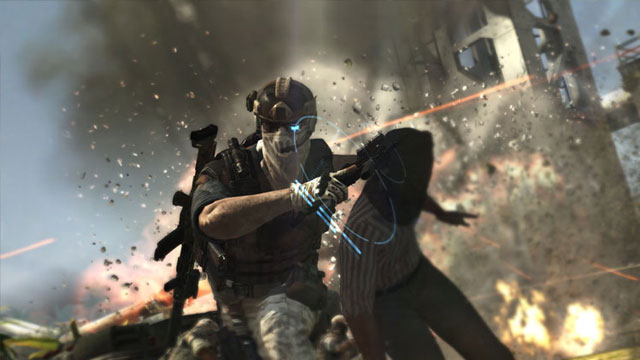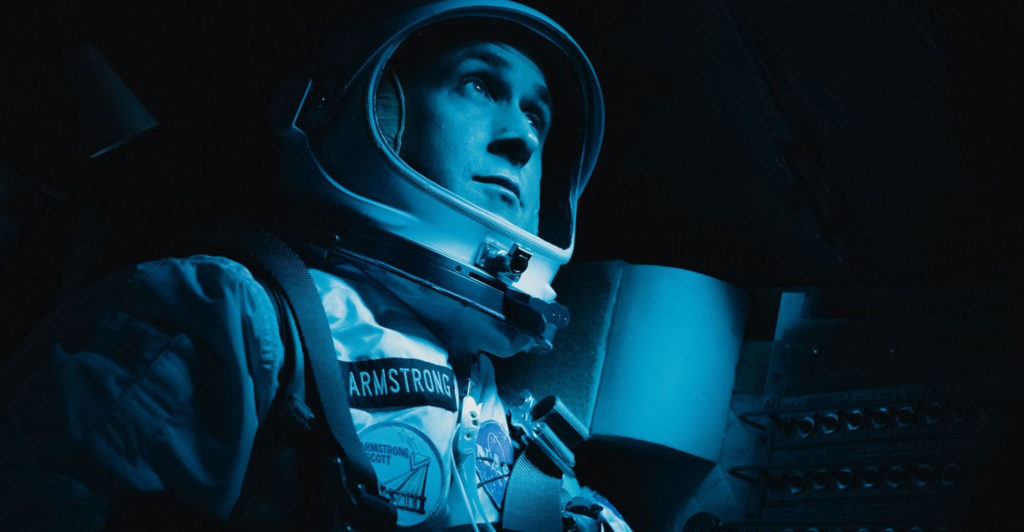Perhaps it’s wrong to hate Call of Duty for being the world’s biggest first-person shooter (FPS), but sometimes it’s hard not to. Activision’s multibillion-dollar juggernaut has turned into a homogenising force in the military shooter market as other publishers try to emulate its success.
Tom Clancy’s Ghost Recon: Future Soldier is the latest casualty. It’s not as much of a direct crib as Homefront or the single-player campaign in Battlefield 3, but it has taken a few more notes from Call of Duty than it should have. There’s a still a flicker of Ghost Recon’s soul in Future Soldier’s shell. However, series fans may be disappointed by the smothering of its tactical gameplay by set-piece moments and run-and-gun gameplay.
Future Soldier is the first appearance for the franchise since Ghost Recon Advanced Warfighter (GRAW) 2 back in 2007. The game’s long and troubled development cycle reflects in its schizophrenic campaign, which feels like an uneasy mix of old-style Ghost Recon and Call of Duty in its worst moments. But a solid multiplayer component redeems the package.
Future Soldier, as its name implies, sets the action in the near-future with the player cast as part of an elite four-man Ghost Recon squad. This is a perfect excuse to kit the player out with a lot of high-tech gear, ranging from battlefield drones and robots to a stealth camo outfit that would fit in better amidst the anime-inspired madness of Metal Gear Solid.
In the best parts of the campaign, Future Soldier harks back to the deliberate gameplay of the older games. It thrills with the way it allows you to use the techno toys to scout out enemy locations at range and then quietly pick off the bad guys in coordinated attacks with your squad mates.
This tactical gameplay was always the heart of Ghost Recon and it’s as satisfying as it ever was. There is still something immensely fulfilling about planning a perfect attack that ends with a series of silenced rifle rounds taking down enemies before they know what hit them.
The gunsmithing option that allows one to play around with different gun parts and options is also neat. But Ubisoft has streamlined away many of Ghost Recon’s tactical options in the name of accessibility, making Future Soldier a little too easy if you have played the earlier Ghost Recon games.
The combat scenarios, while offering more approaches and flanking routes than the average linear FPS, are nowhere as rich as they once were. You’ll get one of those pesky messages warning you that you’re moving out of the game map if you try to stray off the game’s narrow path.

And you now have far less control over your squad mates than you used to. Besides marking targets for them to take down, you pretty much have to watch them make their own way through the battlefield.
Future Soldier is more thoughtful than most of today’s military shooters, but only because most of them are so gung-ho and action-driven. Speaking of which, Future Soldier devolves into a shooting gallery all too often in its campaign rather than sticking with the silent, long-distance combat it does best.
It feels like an attempt to be contemporary in a market where most shooters are designed as linear thrill rides. There are too many CoD slow-motion breach-and-clear segments, cover-based rat-tat-tat and on-rails sequences for a game that is meant to be a tactical shooter. Though GRAW and GRAW2 had some of these elements in small amounts, they have become overpowering in Future Soldier.
Another concession to current trends is Future Soldier’s heavy focus on its story, which is utterly laughable. Told through long and tedious cut scenes, it is the usual globetrotting claptrap about stolen WMDs, African warlords, terrorist attacks in London and the bad Russians seizing power from the good Russians. Even by the not particularly high standards of the genre, the cinematics in Future Soldier are badly written and acted.
HOW IT SCORES
Graphics: 6/10
Some blurry textures make the graphics engine look a little long in the tooth, but it runs smoothly most of the time.
Sound: 7/10
The voice acting is awful even by genre standards and the score is forgettable. But the sound effects are beefy.
Gameplay: 7/10
Shooting is tight and weapons are satisfying to use. But streamlining of the tactical gameplay has robbed the game of some of Ghost Recon’s character.
Value: 7/10
With an eight-hour campaign, a horde-like “Guerrilla” mode and lots of multiplayer maps and modes, there’s plenty here to sink your teeth into.
Overall: 6/10
Future Soldier’s campaign is uneven, but the multiplayer is deep and generous. It’s a good game, but battles to stand out from the rank and file military shooters.
Despite the campaign’s flaws, it does become more compelling and challenging when played on the hardest difficulty level with human companions rather than the AI. A cooperative mode called Guerrilla is Future Soldier’s answer to the ever-popular horde or zombie mode, and it’s enormous fun. That’s not surprising since Ghost Recon boasted such a mode before Gears of War or Call of Duty.
Future Soldier’s competitive multiplayer modes are the real draw card. Here at least, Future Soldier feels a little more true to Ghost Recon’s roots. There’s a fairly steep learning curve for anyone who does not know how the franchise plays and the maps are little more complex than those in the campaign levels. There are some interesting ideas, like the way that you can disable an enemy and hack his gear to reveal his team mates’ locations on the map.
Future Soldier offers a range of objective-based modes to play, most of which focus heavily on teamwork, and there’s a rewarding progression system that unlocks new guns and equipment as you earn multiplayer experience. Matchmaking works smoothly and there is a fair amount of activity on Xbox Live. I encountered some lag and a few visual glitches in my time with the multiplayer, but nothing game breaking.
Future Soldier feels a little dated in its presentation, yet too eager to compromise to the latest market trends. One has to wonder where to now for Ubisoft and its Tom Clancy games. Rainbow Six, Splinter Cell and Ghost Recon once each had a distinct identity. The Tom Clancy franchises have now started blur into each other. Worse, they are slowly becoming indistinguishable from the many other military franchises in the market. — (c) 2012 NewsCentral Media
- Available on Xbox 360 (reviewed) and PlayStation 3. Coming to Windows PC later this month.




